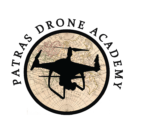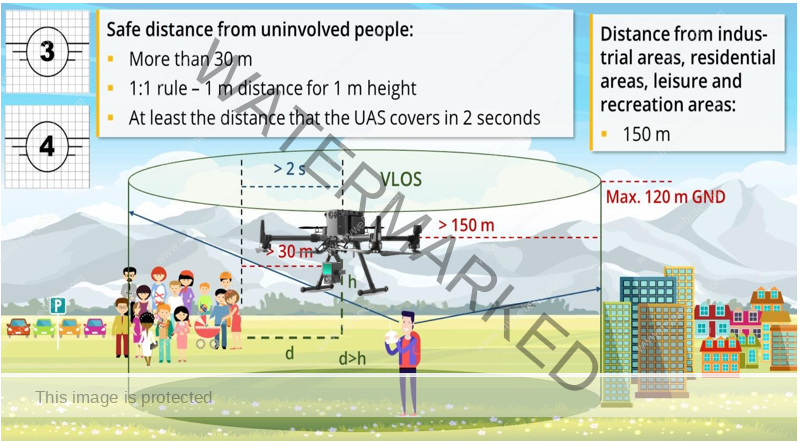Drones have become an integral part of modern technology, with applications ranging from entertainment and photography to agriculture and rescue operations. However, the use of drones is not without environmental impact. Let’s look at how drone activities can affect our natural environment and what you need to watch out for to minimise these impacts.
Weather:
Fog, heavy rain, wind and snowstorms can affect the drone’s visibility and control, making flight dangerous. Make sure you check the weather conditions before flying and avoid flying in case of bad weather. If visibility is limited, fly your drone at a lower altitude and be ready to land immediately if necessary.
Temperature:
Extreme heat or cold can affect the performance of the drone and its batteries. Check the specifications of your drone for the temperature range in which it can operate safely. Do not fly your drone in extreme temperatures, as this can reduce battery life and increase the risk of failure.
Lighting:
Flying in low-light conditions can be difficult and dangerous. If you have to fly in low-light conditions, make sure your drone has navigation lights and that you are able to maintain visual contact with it. Use headlights or other lights to illuminate the flight area if necessary.
Soil hazards:
Obstacles such as trees, buildings and cables can endanger the drone. Plan your flight carefully and avoid areas with obstacles. Be alert and ready to manoeuvre to avoid obstacles.
Fire risk
Using drones in areas with dry vegetation or in areas with high temperatures can increase the risk of fire. The electronic components and batteries of drones can overheat or short-circuit, causing ignition. This is particularly dangerous in forests and protected areas
Wildlife & Wildlife Noise:
Drones can disturb or injure wild animals. Don’t fly your drone near bird nests or areas where endangered species live. Respect the natural environment and avoid flying your drone in areas with sensitive ecosystems.
Violation of Protected Areas
Drones enable users to reach remote or protected areas that are not easily accessible by other means. This can lead to the violation of ecologically sensitive areas and worsen the living conditions of wildlife or destroy native vegetation.
Measures for the Protection of the Environment
Adopt Ethical Flight Practices, To minimise the impact of drones on wildlife, avoid flying in areas where animals congregate or in nesting areas. Prefer to fly your drones in areas where their noise and presence will not disturb the local flora and fauna. It is also important to respect the regulations that apply to protected areas.
Energy management, prefer drones that are energy efficient and use long-life batteries. Charge their batteries using renewable energy sources, such as solar or wind power, where possible. Also ensure that batteries and electronic components are recycled according to the recycling instructions.
Avoiding Overheating , Choose to fly your drones in weather conditions that do not increase the risk of overheating. Avoid flying on extremely hot days or in areas with flammable vegetation, and make sure your drone has a good cooling system.
Education and Compliance, Make sure you are up to date on local and international regulations for the use of drones. Many countries have strict laws about flying drones in protected areas and the height at which they can fly. Compliance with these regulations is critical to protect the environment & in case of an inspection, carry the necessary operator’s licenses with you.

